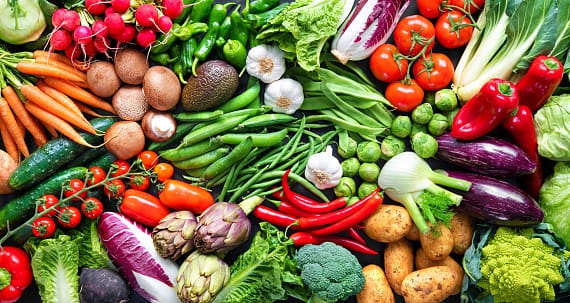

Wood fuel pellets can be used as a home heating fuel in biomass boilers or special pellet burning stoves. Pellet stoves are better than regular open wood fireplaces, because they burn cleaner with much less smoke and soot.
Because wood pellets are extremely dense and contain low moisture content (lower than 10%) means that the pellets can burn in the stove at a very high combustion temperature with improved efficiency and much lower ash content (less than 0.7%) compared to burning conventional firewood. On the process of production, no additives or adhesives are added.
For this reason, biomass fuel pellets can be burnt directly without poisonous gas emission, and the combustion efficiency of the pellets is up to 80%.
Compared with traditional fossil energy, biomass wood pellets have many advantages in human production and life. Though we don’t know how long the fossil energy will be dried up, one thing that is entirely clear is biomass wood pellets would be the most important renewable energy in the near future.
Biomass fuel pellets are widely used for residential heating and thermal power generation in many countries. In recent years, wood pellets have already been a staple in Europe’s energy sector, gained popularity in the United States, especially in areas where biomass energy is used for heat – as people realized the importance of sustainability on ecology and economy.

BENEFITS OF VEGETABLES
1. Environmental Friendly
We have been studying environmental friendliness for a long time now, but only recently has it become a huge global phenomenon, and people are actually taking it seriously. And this is why biomass pellets are a preferred choice for many households and eco-friendly people. Biomass pellets are carbon-neutral, and they don’t release any polluted gases into the air.
2. Highly Efficient
Often considered denser than natural wood, biomass wood pellets can be your highly effective fuel. With lower than 10% moisture content, which is comparatively lower than most, not much energy is required to evaporate the water content.
3. Easy To Use
Since biomass pellets are of regular size, they are easy to store and even transport without hassle. They are also comparatively cleaner and safer than coal. Toxic gases like sulphur oxide are not released from biomass pellet burning.
4. Renewable
We all know that coal and natural gas are highly in demand, and they are non-renewable. Biomass pellets, on the other hand, are renewable because agriculture and forest waste are unlimited and produced every year. Also, plants and trees grow every year making up a significant percentage of raw materials for biomass pellets. Basically, we have an endless supply of biomass raw materials.
5. Independent Pricing
While the government controls the pricing of coal and natural gas, biomass pellets pricing can be produced on individual and independent levels, and hence the pricing is independent.
6. High Combustion Efficiency
With low moisture content, and the combustion air is easy to adjust, biomass wood pellets can be easily burnt just with a piece of paper; the combustion efficiency is up to 80%, and the heat of burning a ton of biomass wood pellets is equal to 0.8 tons of coal.
7. Safety In Use
Biomass wood pellets are produced from wood Saw, agriculture waste, and natural crop straw, free of any chemicals, so it won’t cause poisoning, blast or leak accidents.
8. Sustainability
After the wood pellets were burnt, the ash could be used as fertilizer to promote the growth of plants. It’s an important step to realize the sustainable use of resource.
Why The Indian Market Is Best?
-
AFFORDABLE RATES
Cheap labour and raw materials allow India to produce spices, oils, and other food products at great affordable rates. -
VARIETY OF SPICES AND TASTES
Being known as the land of spices, the country is the leading producer of spices. The country boasts of a huge variety of spices providing a great range of flavour. -
TECHNOLOGY AND INNOVATION
In a land blessed with great scientific minds, India’s technological advancements and innovation have made international trade all the easier, making it the perfect choice. -
AGRICULTURE BASE
With over 50% of India’s workforce involved in the agriculture sector, the country is one of the leading agriculture exporters.


